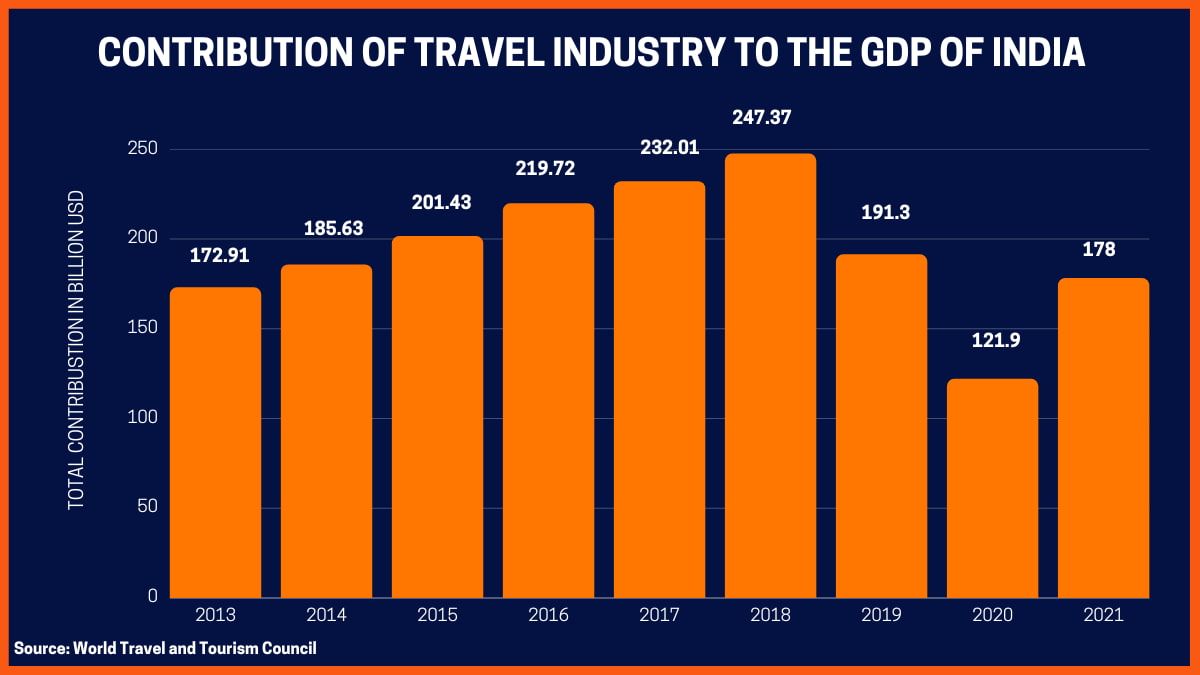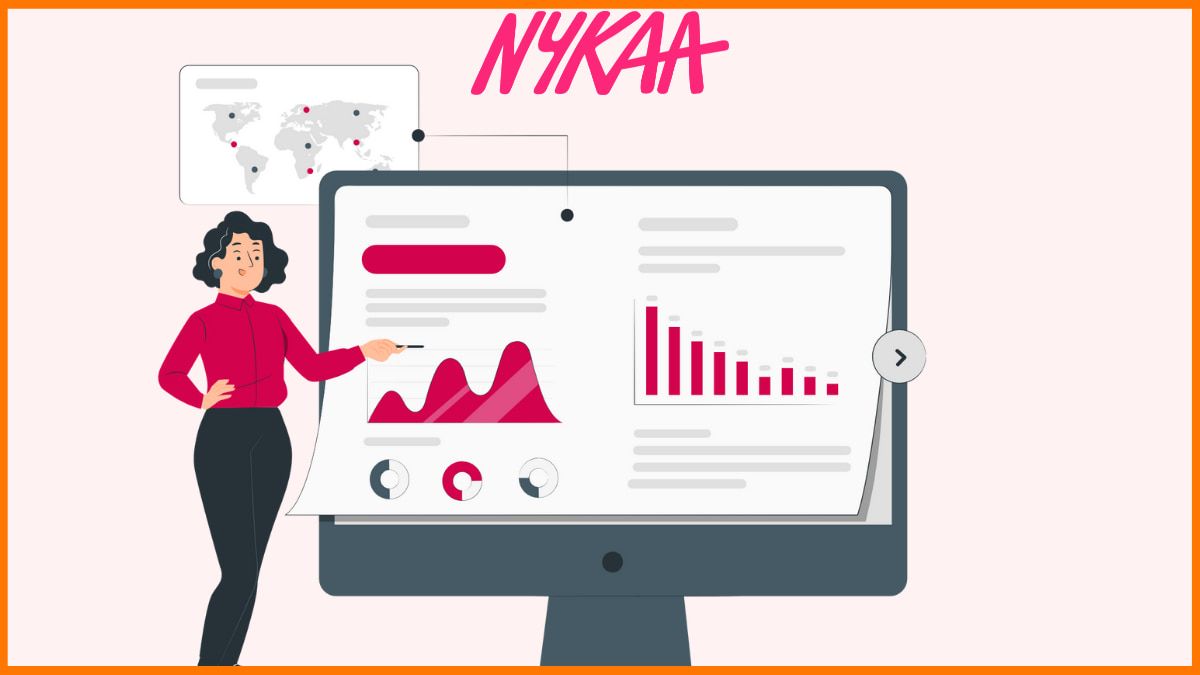A software-facilitated economy created on platforms like YouTube, TikTok, Instagram, Facebook, Twitch, Spotify, Substack, OnlyFans, Tiki, and Patreon that allows creators and influencers to earn revenue is known as the Creator Economy.
As the internet evolved over the years, so did its use. The virtual universe of the world wide web became the home of not just users and consumers, but creators. Individuals turned producers managing their own brands. This resulted in revolutionizing the way content was produced, distributed, and consumed. And the Creator Economy came into being.
How Did It Start?
The Working
Business Models of Creator Economy
India & The Creator Economy
Conclusion
How Did It Start?
It was Paul Saffo from Stanford University who suggested that the creator economy came into being in 1997 as the ‘new economy’. Creators during that time were people who worked with animation and illustrations, although, with no discernible marketplace infrastructure to generate revenue. It was YouTube that coined the term ‘creator’ in 2011 that, at the time, applied to individuals who were famous on the platform. The term has rapidly gained popular acceptance and now applies to individuals who create online content. Hence, the creator economy is defined as an economic system built by independent content creators who are connected to their audience and businesses via the internet. The content created can be in the form of text, podcasts, music, videos, digital books, games, etc. This content can be monetized by sharing it on ad-sponsored platforms, partnering with brands, charging subscription fees, providing services, and much more. Some examples of content creators are TikTok stars Charlie D’Amelio, PewDiePie, and Addison Rae.
The Working
The umbrella of the creator economy covers an entire ecosystem encapsulating creators, consumers, advertisers, and other stakeholders that significantly affect the way content is created, distributed, consumed, and monetized. The stakeholders within this realm are –
1. Creators also known as infopreneurs who engage in creating various types of content on a variety of topics to build and engage their audiences and monetize their creations. These creators can be Vloggers or Bloggers who give information and advice on specialized topics, Entertainers using their skills of writing, creating music or expressing through other art forms, Guides and Experts sharing their knowledge on products or services and Celebrities who use their popularity to create content.
2. Consumers are the target audience of the creators who engage with them or follow their opinions for entertainment or information. Consumers also support creators monetarily through content subscription.
3. Platforms are used equally by the creators and consumers to engage with each other. These are third party facilitators that help creation, distribution, consumption and monetization of content. YouTube and Instagram are examples of such platforms.

4. Businesses advertise their wares and services through content creators. Partnering with influencers allows these businesses a direct access to their target audience. It also helps to make marketing campaigns effective. Influencers earn highly from brands through this partnership.
5. Tools are solutions that help the stakeholders to create and distribute content and also provide valuable performance insights to creators and businesses.
Business Models of Creator Economy
As new and emerging as this economy is, it has introduced innovative business models that has allowed successful career sustainability for creators. Off the many business models that have sprung around this economy, some commonly successful ones are –
1. Platform Revenue Sharing
As the most popular business model with the least barrier entry, it is used by creators who enjoy a significantly large following and want to diversify their earning sources. Creators monetize their content by earning a portion of the advertisement revenue that is generated from their channel pages and posts.
As the name suggests this commission earning based model helps both the creators to generate revenue and the businesses to generate credible leads. Through this business model, creators share coupon codes or special links that they receive. These are then tracked by the platform to ascertain if such leads have converted into actual sales.
3. Product Placement
This type of business model works on brand partnerships where creators and influencers are paid to use or feature brands and products in their content. Creators are remunerated for mentioning the products and services and providing website links in their content. Product Placement model is preferred by influencers who enjoy a large following as their fees per mention depends on their audience reach and penetration.

4. Brand Sponsorship
This model works on exclusive contracts between a business and the influencer. The influencer agrees to exclusively promote the business or brand by featuring it in their content.
5. Subscription
There are several platforms like Instagram that offer a subscription based business model. This entails viewers paying a subscription fee to watch exclusive content, live streams and videos which are otherwise not accessible. This type of business model presents a great opportunity for creators to grow their direct fan-to-creator revenue.
6. Self-Brand Offering
There are creators who also launch their own products and services including accessories, clothing lines, bags, purses, etc that helps them in generating revenue and establish their own separate business that is sustainable.
India & The Creator Economy
Between the years 2018 and 2022, startups within the creator economy in India have raised USD 2.5 billion and as per reports, it is growing at a CAGR of 25%. The main reasons behind its growth trajectory are flexible office hours, remote work and renewal of passion pursuits.
According to Tamseel Hussain of Livemint – “Doctors are joining the creator economy and creating shows on various health issues, farmers teaching other farmers organic farming through story telling or even brands enabling their own community members to share powerful stories instead of going to influencers.”
The driving indicators of the Indian creator economy’s growth potential are the fundamental changes in consumer behaviour, consumption patterns and the increasing number of first-time creators showcasing their talent.
Reiterating this Tamseel Hussain said – “The rise of affordable smartphones and internet-access packages, coupled with digital media, has made being a creator easier. The capacity of hungry audiences demanding a variety of content is also a massive driver. Today stories are everywhere, from social media platforms to televisions, OTT, offline screens and even food and shopping apps. This is changing the landscape for the creator economy, especially in smaller Indian towns and cities, by building new opportunities for creators and offering unique stories to people where they spend the most time.”
The already growing creator economy was, then, disrupted by the outbreak of the coronavirus pandemic. The severe lockdowns pushed imaginative boundaries as creators flocked the digital space showcasing a wide variety of talent and monetizing their content.
What is also fuelling its growth is the increasing penetration of digitization of the rural areas of the country. It is widening prospects that is ably supported by cutting-edge technology. The rapid expansion of the Tier II and Tier III cities of the country means that more than 100 million new creators are expected to join the creator community further adding to the growth of the creator economy.
Conclusion
The rapidly growing creator economy is also facing obstacles and challenges. However, the constant technology evolution is quickly answering those challenges making the future look very promising. The creator economy of India is set to scale with people able to generate revenue doing what they love and connecting with their roots. It will be interesting to watch how the evolution shapes in the coming years.
FAQs
What is the Creator Economy and how is it transforming the way people earn a living?
A software-facilitated economy created on social media platforms that allows creators and influencers to earn revenue, transforming the way people earn by providing opportunities for self-employment and income from a direct audience.
Who are the key players in the Creator Economy and how do they generate revenue?
The key players in the Creator Economy are creators and influencers who generate revenue through sponsored content, merchandise sales, and direct audience support such as tips, subscriptions, or paid memberships.
What are some popular platforms that are driving the Creator Economy, and what kind of content is most successful?
Popular platforms driving the Creator Economy include YouTube, TikTok, Instagram, and Patreon. Successful content includes video content, tutorials, lifestyle, and entertainment.










































